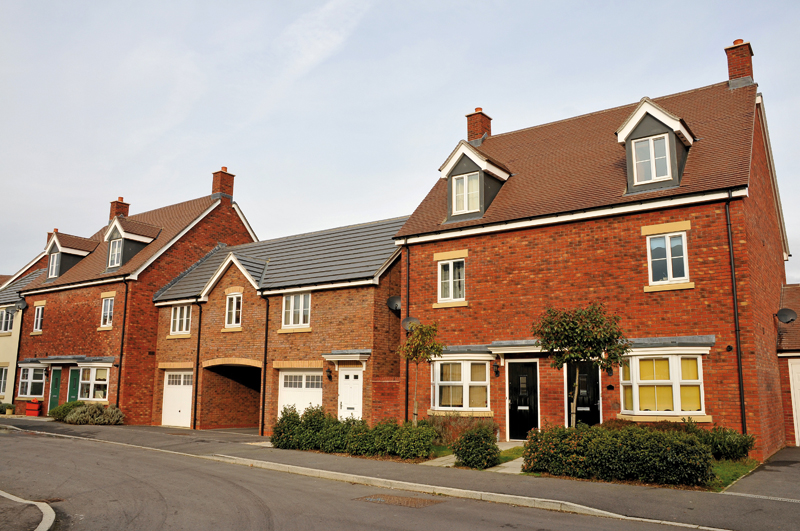Household Bills
A quarter of London homes will be worth £1m or more by 2030

An estimated quarter of London homes will be worth £1m or more by 2030 as the wealth gap between the richest and poorest in society widen, according to a report.
There are vast inequalities between the generations and geographical locations of individuals and families, according to a report published by The Institute For Public Policy Research (IPPR), commissioned by Channel 5.
While wealth inequality fell for much of the 20th century, it is now rising again with stark figures showing that the wealthiest 1% of households own 45% of the nation’s wealth. In contrast, the least wealthy half of all households own just 9%.
This means the wealthiest 1,000 have a combined wealth of £658bn while the net wealth of the lowest 30% stands at £200bn.
The report suggests that much of the inequality stems from the boom in property with the next generation set to have less wealth as a result.
In fact, fewer than half of millennials – those born between 1981 and 2000 – are expected to own their own homes by the age of 45. It added that every generation since the post-war ‘baby boomers’ has accumulated less wealth than the generation before them at the same age.
Looking at the property market now, the value of housing stock in London is greater than the housing stock of all stock in Wales, Scotland, Northern Ireland and the North combined.
By 2030, while an estimated quarter of London homes will be worth £1m or more, less than 1% of homes in the North East, Yorkshire, the Humber, North West, Wales, Scotland and the East Midlands will command that price tag.
If house prices continue to grow per square metre in the same way they have since 2009, by 2027 a square metre of property in London will be 10.9x the price of a square metre in the North East.
The IPPR report also suggested that debt is likely to rise faster than disposable income over the next decade. In 2017 prices, household disposable income is forecast to rise 10.3% by 2027 – from £48,000 to £53,000 and the average debt per household in 2027 will rise 11% to £85,700.
A final point of note from the report is that the concentration of wealth is likely to be exacerbated by automation and digitalisation in the economy as the returns to capital increase and the returns to labour decline.